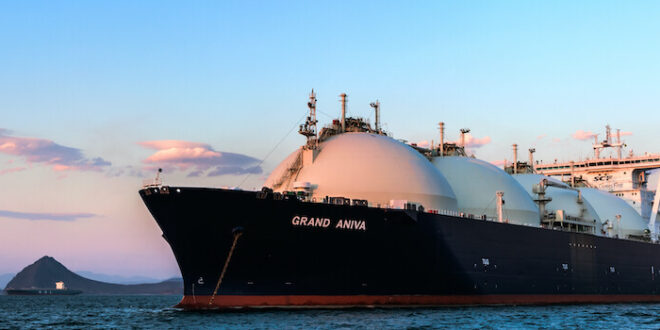Europe’s switch from pipeline gas to LNG is reshaping the global LNG market, putting a permanent floor under prices.
This means some buyers may be priced out of this market for good. That, in turn, means they will turn to other sources of energy—like coal. It’s a domino effect even Zbigniew Brzezinski could not have foreseen.
According to Bank of America’s commodity strategist Francisco Blanch, Europe needs about 300 million cu m of natural gas on a daily basis. To get them, it must offer high enough prices to lure in sellers on the spot market, as Asian buyers focus on long-term LNG delivery contracts.
Yet those are the Asian buyers that can afford long-term contracts—not all can cover their needs with long-term deals. Last month, Pakistan canceled a tender for spot LNG deliveries for next year after attracting just two offers, both of which featured a 30% premium to market prices.
The country does have a long-term deal, too, by the way. Yet in January this year, the company with which it signed the deal, Eni, declared it would be unable to deliver the agreed LNG cargo for February due to circumstances beyond its control, namely the failure of the LNG supplier to secure the contracted volumes.
The reason that Eni’s supplier, which remained unnamed, had failed to supply the contracted volumes was that at the prices that LNG was fetching at the time, although down from last year’s all-time highs, some suppliers preferred to breach their long-term contracts rather than miss the opportunity to make a quick and easy profit on the spot market.
Cases like this paint a picture of a cut-throat market with supply barely enough to cover demand, and that’s only because Europe managed to shrink its gas consumption over the past 12 months. Managed might not even be the best word for it: the decline in gas consumption was primarily the result of lower industrial consumption as businesses scaled their operations down amid prohibitive energy prices.
Still, even with lower demand, Europe is a huge consumer of LNG—so huge, in fact, it could not do without Russian gas in liquid form. While last year, government officials patted themselves on the backs for successfully quitting Russian gas, this year, cargo trackers had awkward news for everyone in Europe: imports of Russian LNG in the first half of the year had surged by 40%. Over half of Russia’s LNG output went to Europe in the period.
Even that wasn’t enough to bring gas prices down to pre-war levels. Not only that but, as noted by BofA’s Blanch, “Europe is now over-reliant on LNG for its energy needs,” and “Prices must remain robust throughout the year or risk a rapid shift in the inventory trajectory.”
In other words, should prices inch down for some reason, the poorer energy importers would likely swoop down on any available volumes, threatening Europe’s supply security.
In a more likely scenario, however, those poorer energy importers would revert back to coal, which is much cheaper than LNG. This is quite an ironic twist for Europe, which, as flagman of the energy transition, has been hard at work convincing the rest of the world to drop the most polluting hydrocarbon in favor of cleaner and lower-emission natural gas.
Now, as it prices out others from the LNG market, Europe will effectively lose the position of authority it used to speak from when it came to energy and emissions. The LNG market has indeed become a cut-throat one. What this means for the average energy consumer in Europe is that they would have to get used to chronically higher prices.

 Iran Energy News Oil, Gas, Petrochemical and Energy Field Specialized Channel
Iran Energy News Oil, Gas, Petrochemical and Energy Field Specialized Channel



